Management
Filter :
Date de publication
Thème
Langue
Type de contenu
Collection
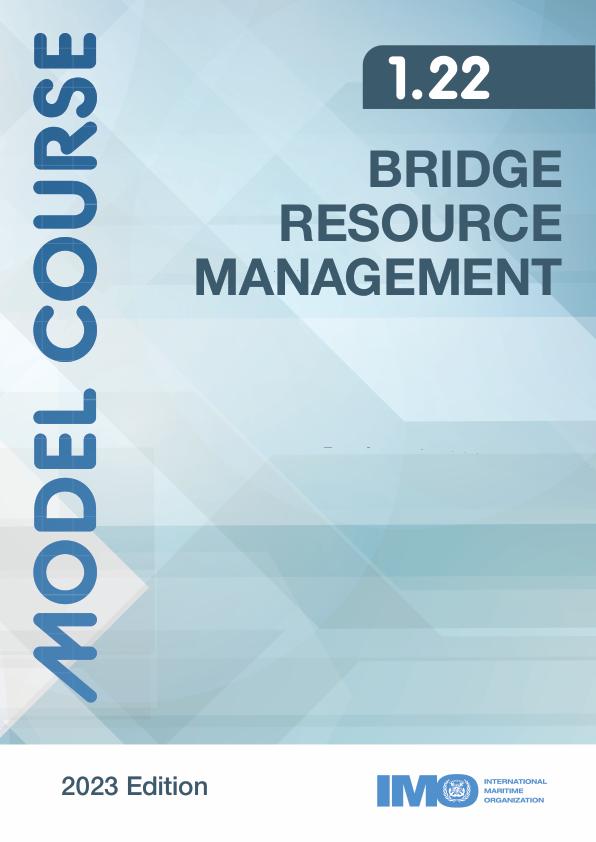
Bridge Resource Management
Model course 1.22
This model course is practical and theoretical and consists of a series of exercises performed on a ship handling simulator. Classroom lectures to provide the necessary theoretical background for the exercises are included. Particular items dealt with in these lectures are illustrated either by including them as part of an exercise or by a separate simulator demonstration. Bridge teamwork is dealt with either as interactive Computer Based Training (CBT) or lecture.
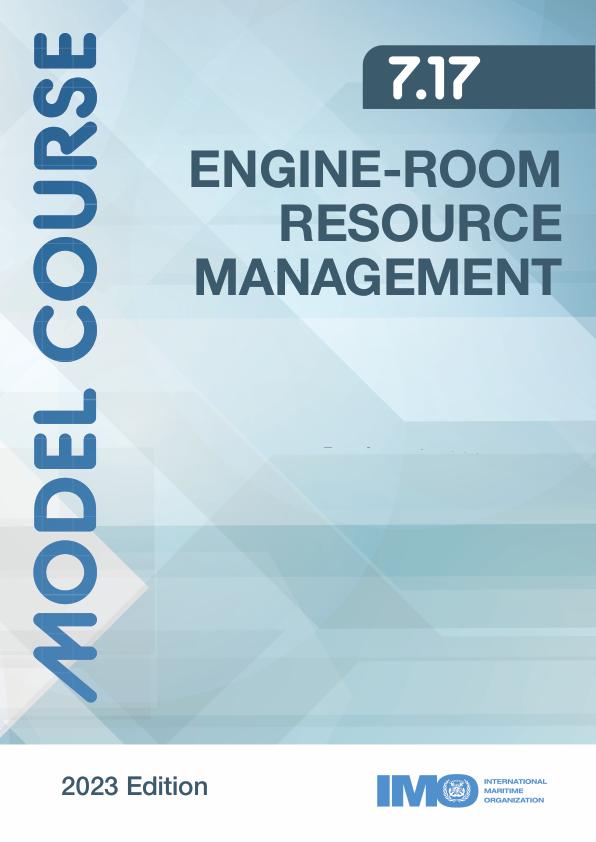
Engine-Room Resource Management
Model course 7.17
The overall aim of this model course is to meet the mandatory minimum standard of competence for seafarers for the following competence: Maintain a safe engineering watch in particular engine-room resource management in column 2 table A-III/1 of the STCW Code under the function marine engineering at the operational level. This course is theoretical and practical including simulator exercises taking into account table A-III/1 and the relevant parts of section A-VIII/2 of the STCW Code.
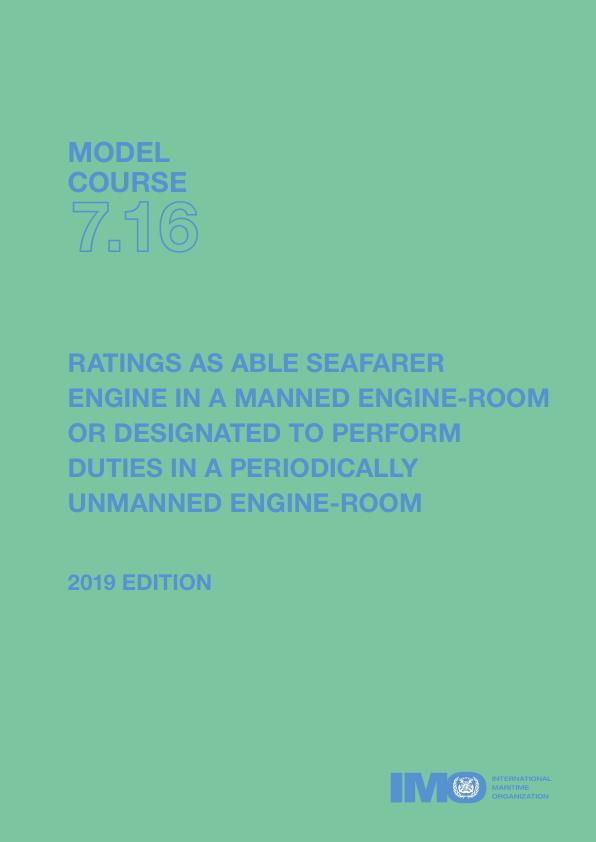
Ratings as Able Seafarer Engine in a Manned Engine-Room or Designated to Perform Duties in a Periodically Unmanned Engine-Room
Model course 7.16
This model course aims to meet the mandatory minimum requirements for the knowledge understanding and proficiency in table A-III/5 of the STCW Code. The course comprises four functions at the support level: Marine engineering; Electrical electronic and control engineering; Maintenance and repair; and Controlling the operation of the ship and care for persons on board.
On successful completion of the training and assessment trainees should be competent to carry out safely the duties of ratings as able seafarer engine (AB engine).
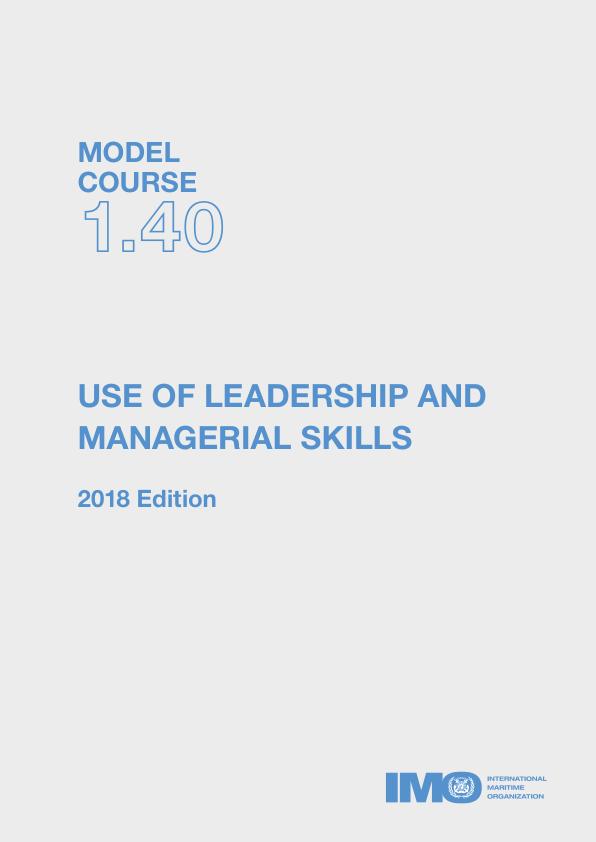
Use of Leadership and Managerial Skills
Model Course 1.40
Successful completion of this course enables seafarers to meet the mandatory minimum standards of competence in the use of leadership and managerial skills specified in Function: Controlling the operation of the ship and caring for persons on board at the management level in tables A-II/2 and A-III/2 of the STCW Code.
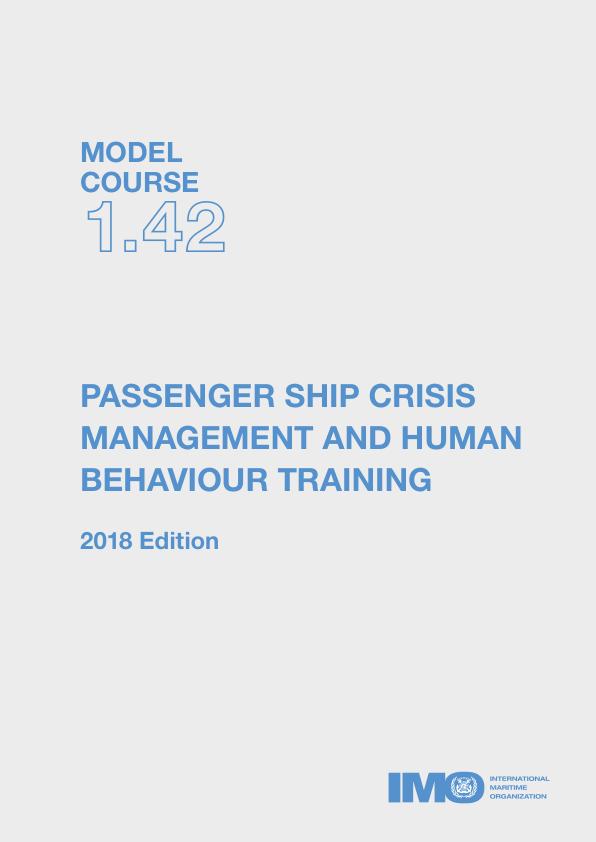
Passenger Ship Crisis Management and Human Behaviour Training
Model Course 1.42
This model course aims to meet the mandatory minimum requirements for the training of personnel in crisis management during emergency situations on board Passenger ships. Trainees gain competence in passenger ship crisis management and human behaviour training in accordance with section A-V/2 paragraph 4 and table A-V/2-2 of the STCW Code demonstrating the ability to organize shipboard emergency procedures; optimize the use of resources; control responses to emergencies; control passengers and other personnel during emergency situations; and establish and maintain effective communications.

Passenger Ship Crowd Management Training
Model Course 1.41
The model course is designed to provide trainees with knowledge and skills in managing crowds. This covers the mandatory competences and the required knowledge understanding and proficiencies specified in paragraph 3 of section A-V/2 and table A-V/2-1 of the STCW Code. On completion the trainee should be able to demonstrate the ability to contribute to the implementation of shipboard emergency plans and procedures to muster and evacuate passengers as well as assisting passengers en route to muster and embarkation stations.
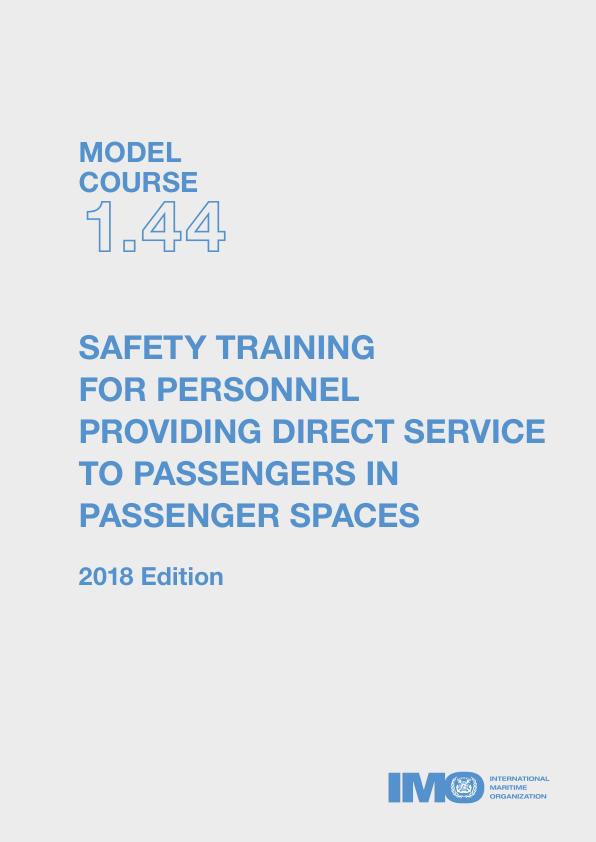
Safety Training for Personnel Providing Direct Service to Passengers in Passenger Spaces
Model Course 1.44
This model course aims to meet the mandatory minimum requirements for the training of personnel providing direct service to passengers in passenger spaces on board Passenger ships specified in regulation V/2 and section A-V/2 of the STCW Code. On successful completion trainees should be able to communicate with passengers during an emergency demonstrate personal Life-saving appliances and embark and disembark passengers in particular caring for those needing special assistance.

Training Course for Instructors
Model Course 6.09
This course is designed to facilitate the delivery of training in the competence standards required by the STCW Convention. It will also provide a sound basis for the delivery of other training programmes.
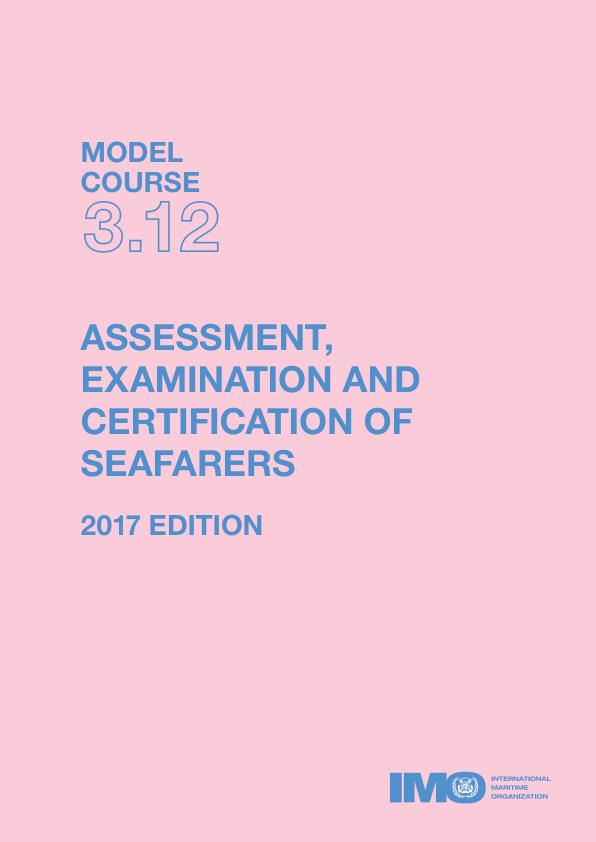
Assessment, Examination and Certification of Seafarers
Model Course 3.12
The model course includes introductory classroom instruction on the assessment examination and certification of seafarers (in particular masters chief engineers deck and engineer officers) covering the provisions for training assessment examination and certification of masters officers and ratings of the STCW Convention; the implementation of these provisions under national law; the selection of assessment methods; the organization of assessments and the issue and control of certificates.
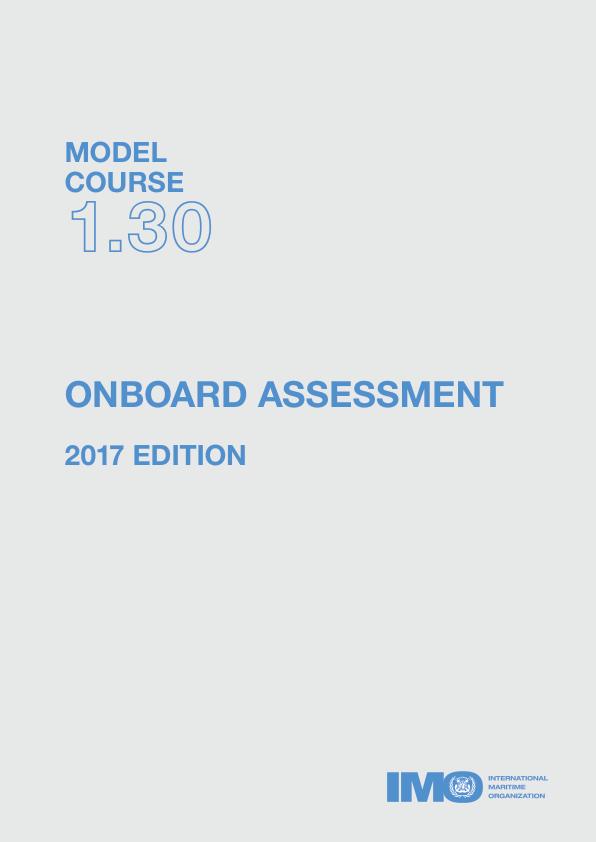
Onboard Assessment
Model course 1.30
This course is primarily intended for any person conducting in-service assessment of competence of a seafarer on board. These would usually comprise senior shipboard officers (management level) but may also be suitable for shipboard personnel at operational level or experienced shore-based instructors with sufficient onboard expertise.
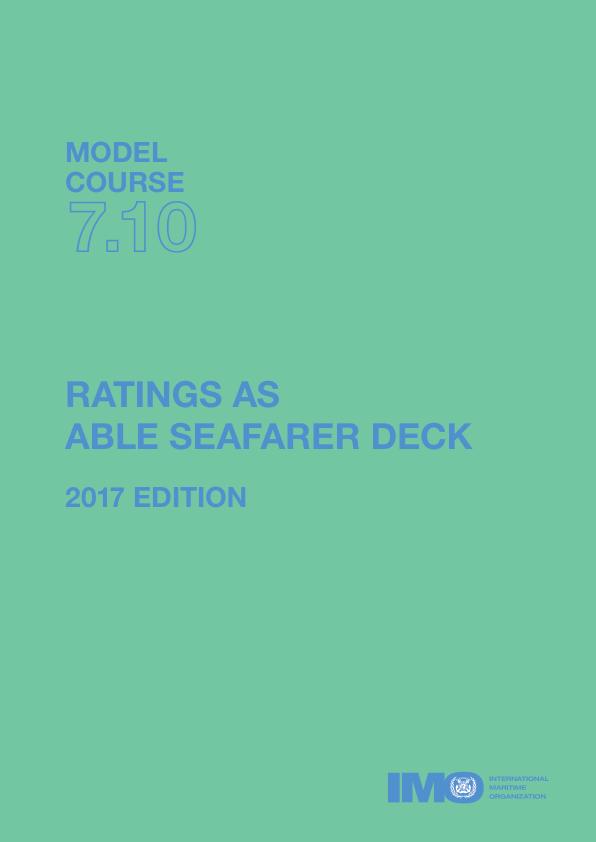
Ratings as Able Seafarer Deck
Model Course 7.10
The course is organized under four functions (Navigation; Cargo Handling and Stowage; Controlling the Operation of the Ship and Care for Persons on Board; and Maintenance and Repair) at the support level to cover the minimum standard of competence of ratings as able seafarer deck on ships of 500 gross tonnage or more. On successful completion of the training and assessment trainees should be competent to carry out safely the duties of ratings as able seafarer deck.

Personal Safety and Social Responsibilities
Model course 1.21
This model course aims to meet the mandatory minimum standards of competence in personal safety and social responsibilities in accordance with section A-VI/1 of the STCW Code table A-VI/1-4. The course is designed to prepare new recruits for life on a ship at sea where they will experience a vastly different living and working environment compared to that if they were living and working ashore.
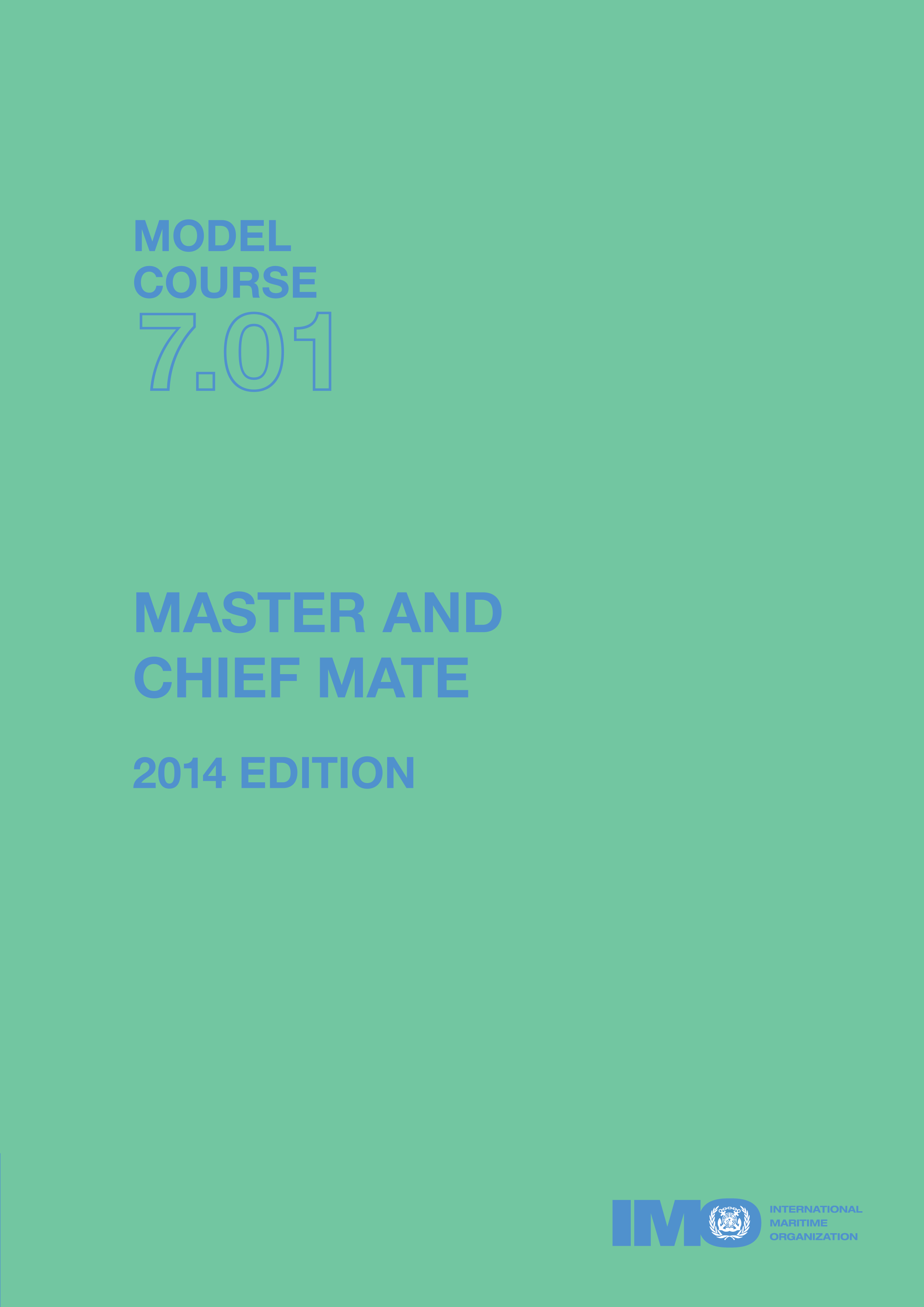
Master and Chief Mate
Model course 7.01
This model course aims to meet the mandatory minimum requirements for knowledge understanding and proficiency in Table A-ll/2 of STCW Code for the function Navigation at the Management Level for the function Cargo Handling and Stowage at the Management Level and the background knowledge to support Controlling the Operation of the Ship and Care for Persons on Board at the Management Level.
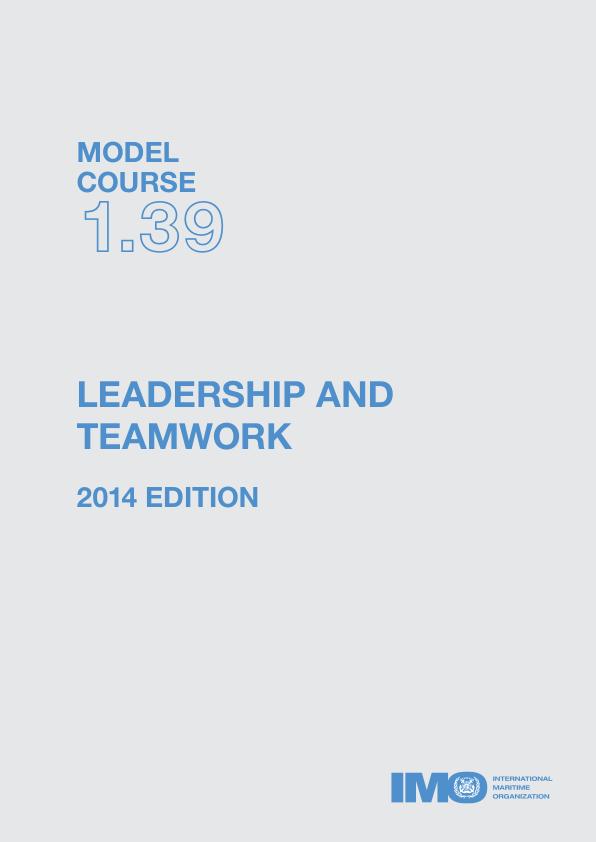
Leadership and Teamwork
Model Course 1.39
The course is designed to meet STCW requirements for the application of leadership and team-working skills in accordance with the 2010 Manila Amendments specifically as stated in table A-II/1 A-III/1 and A-III/6 Function: Controlling the operation of the ship and care for persons on board at the operational level. The course aims to provide the knowledge skill and understanding of leadership and teamwork at the operational level on board ship.
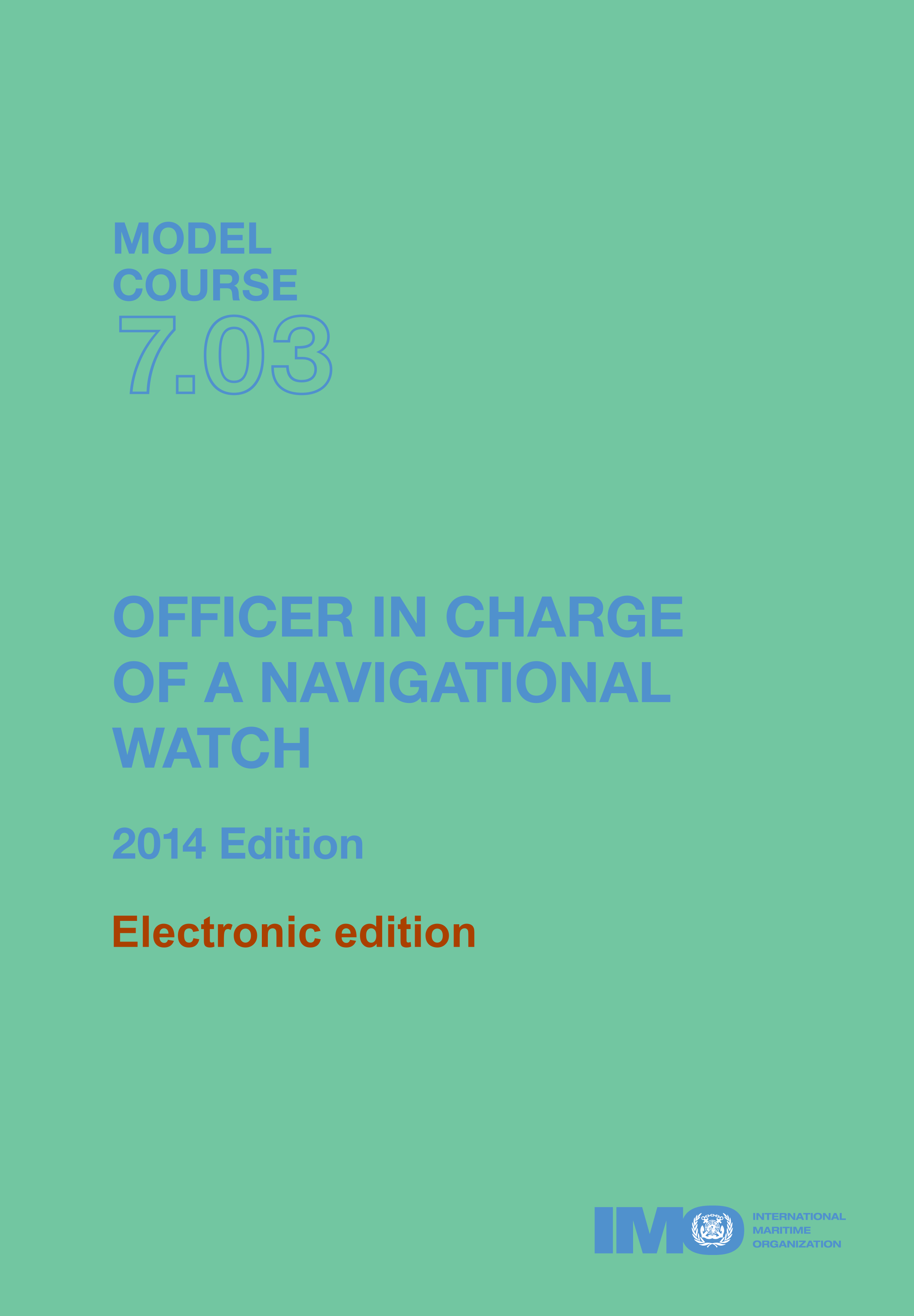
Officer in Charge of a Navigational Watch
Model course 7.03
This model course comprises three functions at the operational level. On successful completion of the training and assessment trainees should be competent to carry out safely the watchkeeping duties of an officer in charge of a navigational watch both at sea and in port. In particular they will be fully conversant with the basic principles to be observed in keeping a navigational watch as per STCW Regulation VIII/2 and STCW Code Chapter VIII.
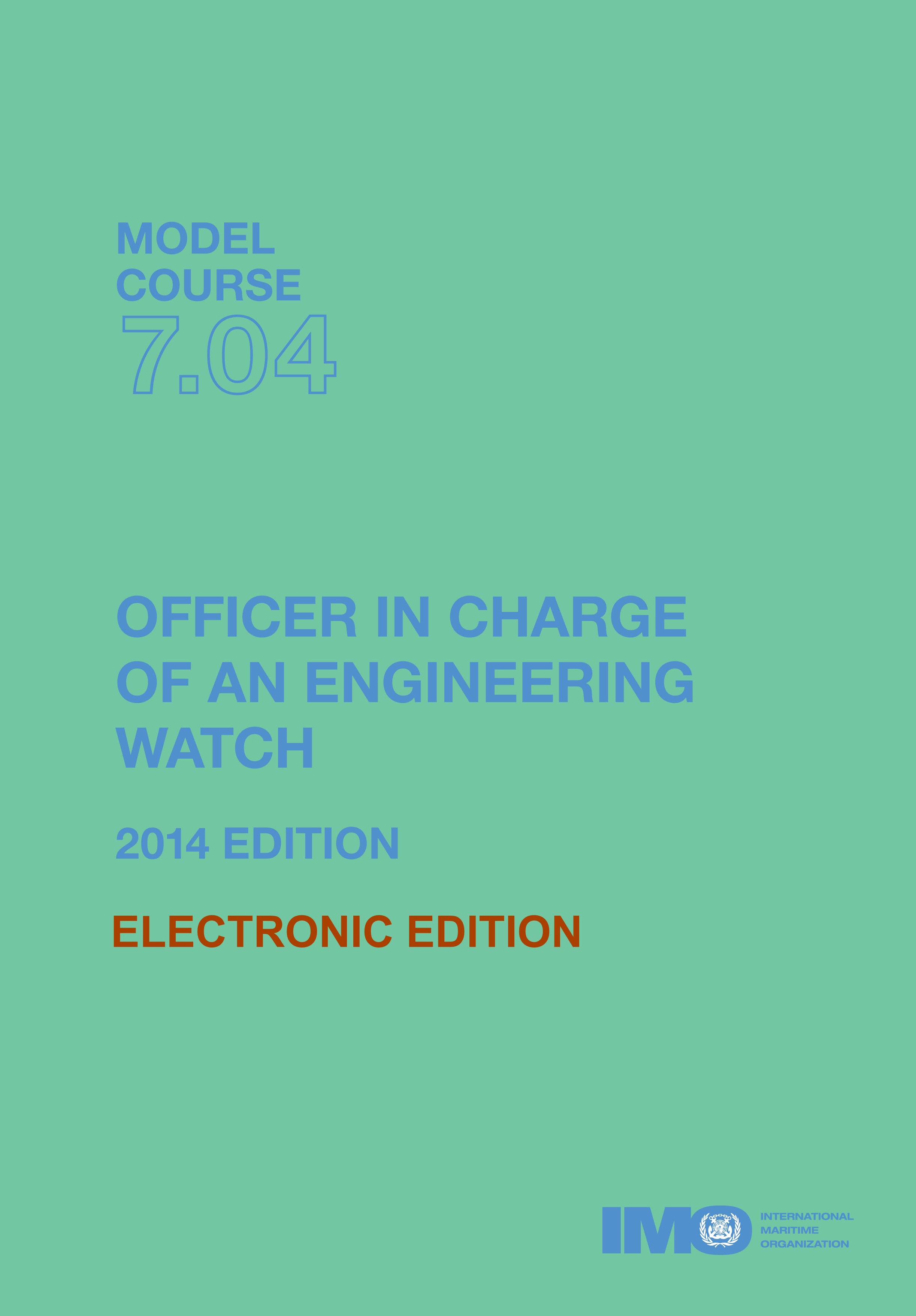
Officer in Charge of an Engineering Watch
Model course 7.04
This model course aims to meet the mandatory minimum requirements for knowledge understanding and proficiency in Table A-III/1 of STCW Code for the function Marine Engineering Electrical Electronic and Control Engineering Maintenance and Repair and Controlling the Operation of the Ship and Care for Persons on Board at the Operational Level.
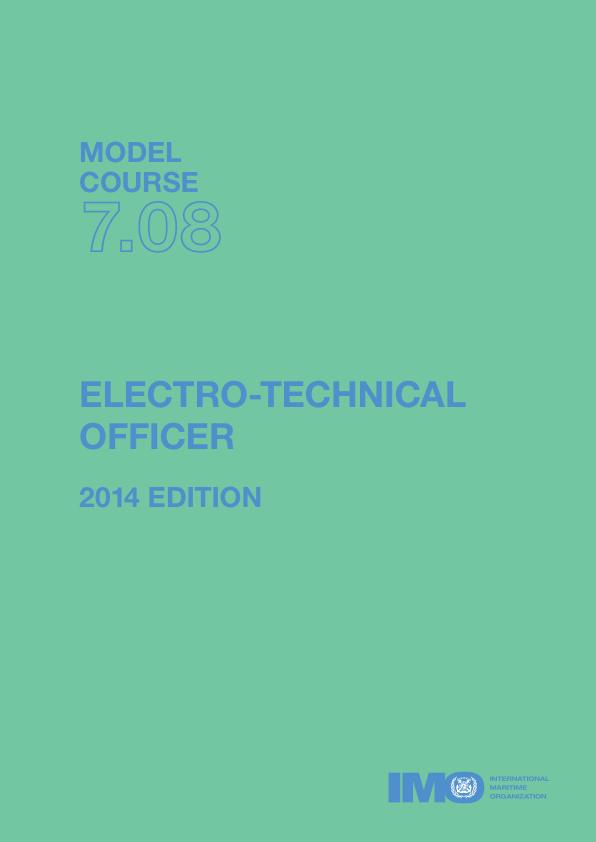
Electro-Technical Officer
Model Course 7.08
This model course aims to meet the mandatory minimum requirements for knowledge understanding and proficiency in Table A-III/6 of STCW Code for the function Electrical Electronic and Control Engineering at the Operational Level for the function Maintenance and Repair at the Operational Level and the background knowledge to support Controlling the Operation of the Ship and Care for Persons on Board at the Operational Level.

Chief Engineer Officer and Second Engineer Officer
Model course 7.02
This model course aims to meet the mandatory minimum requirements for knowledge understanding and proficiency in Table A-Ill/2 of STCW Code for the function Marine Engineering at the Management Level for the function Electrical Electronic and Control Engineering at the Management Level for the function Maintenance and Repair at the Management Level and the background knowledge to support Controlling the Operation of the Ship and Care for Persons on Board at the Management Level.
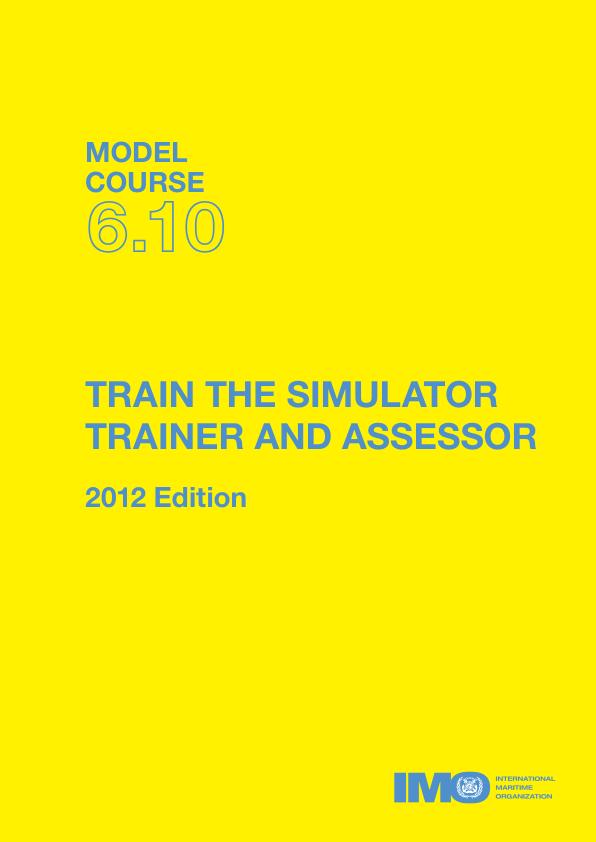
Train the Simulator Trainer and Assessor
Model course 6.10
The course includes technical aspects of teaching that have a direct relation with the maritime simulator world. Without delving into the details at this stage it is however emphasized that the simulator pedagogy as well as psychology of learning forms an important element of the course.
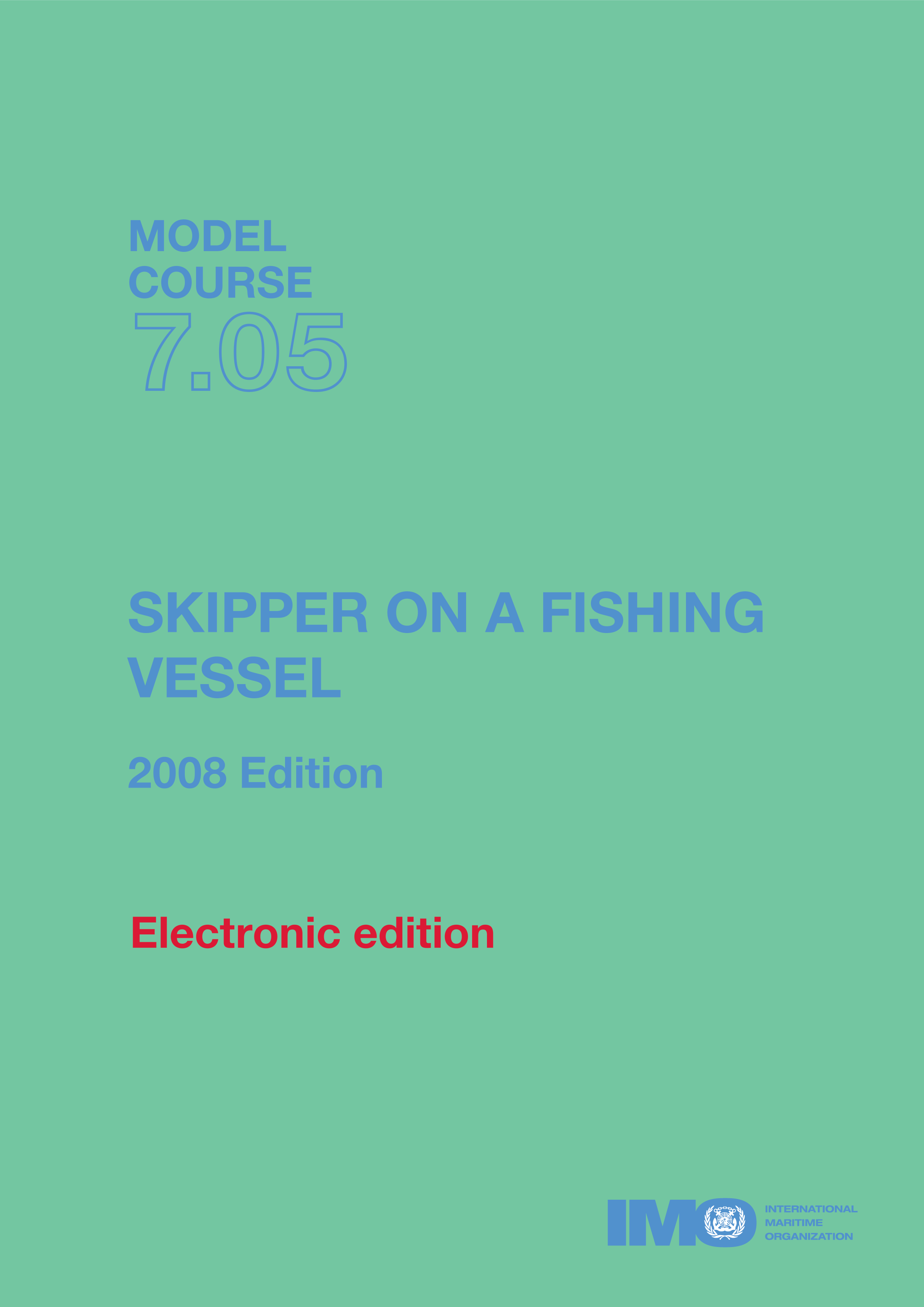
Skipper on a Fishing Vessel
Model course 7.05
The standards of competence that have to be met by fishing vessel personnel are defined in the International Convention on Standards of Training Certification and Watchkeeping for Fishing Vessel Personnel 1995 (STCW-F). It sets out the education and training requirements for achieving those standards. Specifically this course covers the minimum standard of competence for skippers on Fishing vessels of 24 metres in length and over operating in unlimited waters.
